Harbin, nestled in the snowy embrace of northeastern China, has for centuries been a draw for all who are drawn to the intersection of high-tech innovation and resilient cultural tradition. Dubbed the “Ice City” for its world-famous winter carnival, this cosmopolitan metropolis in Heilongjiang Province is more than frozen monuments and steaming wontons—it is a dynamic gateway to higher education. As we start 2025, study in Harbin universities offers international students a unique mix of rigorous studies, affordable living, and practical learning that is hard to find elsewhere. Here in this guide, we’re going to dive deep into what it takes to get into this lively ecosystem, from the admission requirements for Harbin universities to paying tuition fees and the unexpectedly balmy student life. Whether you’re a recent high school graduate or mid-professional career switchers, Harbin might be where your next best chapter starts. Keep reading if you are looking for Harbin universities tuition fees, keep reading.
Why Harbin?
It’s the ideal storm of intellectual brains and down-to-earth warmth. Picture arguing about quantum mechanics in a lecture hall warmed against the -30°C cold, then relaxing with a bowl of red sausage soup at a crowded night bazaar. The city’s universities, some of which date back to the early 20th century, have become research and innovation powerhouses. HIT, founded in 1920 as a Sino-Russian school of engineering, has expanded to three campuses and is now one of China’s elite C9 League—kind of like the Ivy League, but with rockets and robots. Harbin Engineering University (HEU) has also carved out a niche in naval architecture and nuclear engineering, assisting China’s blue water aspirations. They’re not ivory towers of seclusion; they’re woven into Harbin’s fabric, where evidence of Russian tradition is seen in the buildings and the Songhua River becomes a natural ice rink.
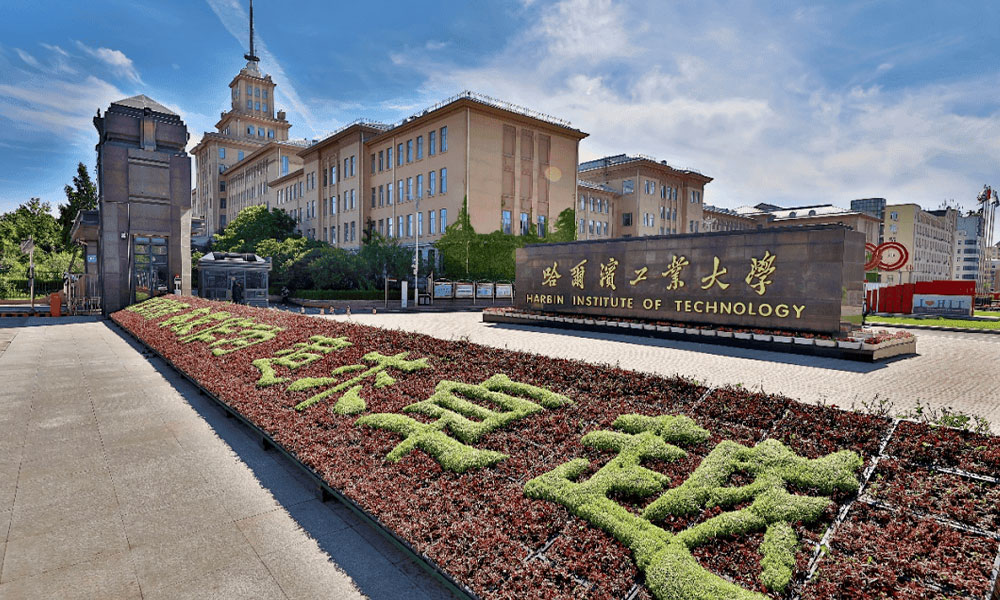
Admission requirements for Harbin Universities
For international students looking to enroll in 2025, study in Harbin universities promises more than degrees—it promises transformation. With streamlined enrollment processes, holistic scholarships, and low tuition fees, the barrier has never been lower. But come on: studying here is about accepting the cold (and the friendships that go along with it). It’s about study marathons at night in dorms filled with tales of Seoul, São Paulo, and Sydney, all preparing to take on careers in a tech-hungry world.
HIT is a good example: as one of the top research universities, it prefers strong STEM background candidates but also accepts a wide range of profiles. For undergraduate admissions, you’ll need a high school diploma equivalent to China’s gaokao level—basically, 75% or higher GPA, and math and science transcripts showing decent scores. Language is also crucial: English-language programs demand IELTS 5.5-6.0 or TOEFL 80+, while Chinese-language programs demand HSK Level 4 (210+ score). Don’t forget the physical exam form either—China’s visa process is strict, screening for everything from tuberculosis to color blindness. Graduate applications heat things up.
1. Master students
Master’s students at HEU or Northeast Forestry University (NEFU) need a bachelor’s, 2.5+ GPA, and letter recommendations highlighting research potential.
2. PhD students
PhD students must overcome one more obstacle: a carefully crafted research proposal (1,000+ words) explaining how your work overlaps with faculty areas of expertise, like sustainable forestry at NEFU or naval technology at HEU.
3. Deadlines
Deadlines cluster around May 31 for September entry, but early birds (November 1 for HIT’s CSC places) have priority. Applications filter through portals like HIT’s International Student Service System or CUCAS, for around 400 CNY (60 USD)—non-refundable, double-check uploads. we’ve talked to alumni who are wedded to the human factor: a Nigerian student at Harbin Medical University (HMU) credits admission due to a video essay on African public health, which resonated with HMU’s global mission. Visas are also on topic—X1 for extended study, and you’ll have to ask your uni for the JW201/202 form.
Advice: Start early; processing takes 4-6 weeks, and Harbin’s consulates are busy but careful. Overall, entry to study in Harbin universities prefers merit to bloodline, and thus they are accessible to ambitious applicants from emerging economies. It’s not just about grades; it’s demonstrating that you’re ready to thrive in a creative, high-stress setting.
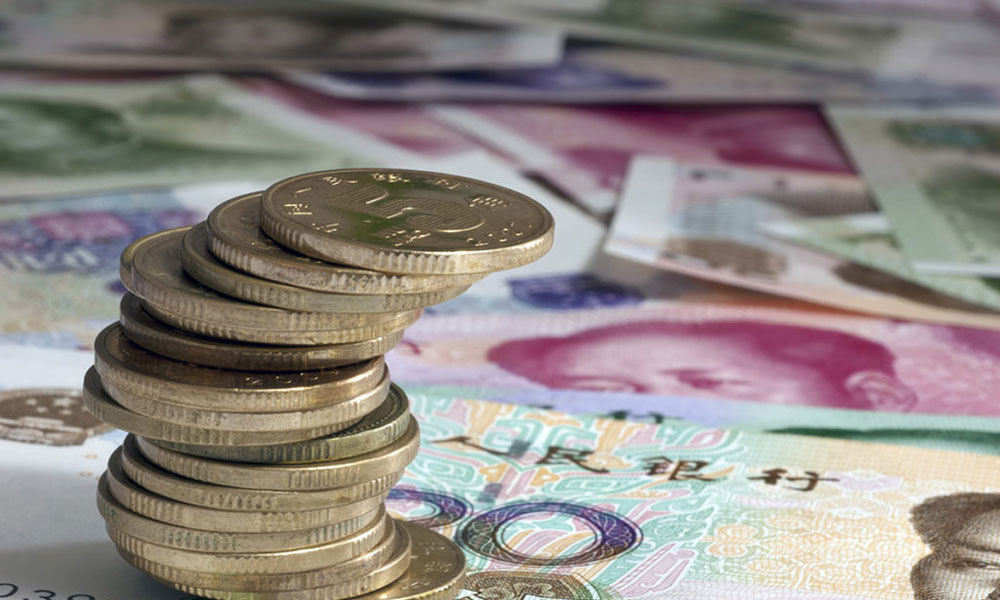
Harbin Universities Tuition Fees
One of the biggest draws of study in Harbin university is low tuition fees. Tuition fees that deliver so much more punch than their cost. In 2025, expect to pay anywhere from 20,000-42,000 CNY (about 2,800-5,900 USD) annually, depending on the degree and language of instruction. English-taught programs edge higher—say, 26,000 CNY/year for undergrad engineering at HIT—while Chinese ones shave off 20-30%. Compare that to a U.S. state school (often 30,000+ USD), and it’s a steal for world-class facilities like HIT’s satellite labs or HMU’s state-of-the-art simulation hospitals. Level it down: HEU undergrads get 22,000-25,000 CNY for naval architecture, a hot ticket in the midst of China’s shipbuilding revolution. Master’s goes to 30,000-34,000 CNY, and PhDs reach a high of 42,000 CNY—though these are inclusive of charges for access to cutting-edge research grants that can pay for themselves through assistantships.
Medicine at HMU?
A whopping 35,000 CNY/year for MBBS, but listed by WHO and recognized by ECFMG, and doors open worldwide. Private institutions such as Harbin Guangxia University drop lower, at about 18,000 CNY for business studies majors, perfect for one trying out the waters. Hidden gems? Some unis cover insurance (800 CNY/year) and waive application fees for scholarship nominees. A Pakistani friend worked around HIT’s 26,000 CNY undergraduate tuition while taking off-campus part-time work and emerged debt-free. Harbin universities tuition fees have not climbed exponentially post-pandemic—3-5% inflation for 2025 is standard—but always double-check on official sites like en.hit.edu.cn. Where innovation is within reach, these tuition costs make study in Harbin universities not only feasible, but a smart investment in your future.
Popular Majors in Harbin
Harbin’s universities excel in fields that mirror China’s own glories: from domination of the seas to greening the planet. The engineering discipline is ruling, with HIT’s aerospace faculty—those who piloted China’s maiden moon-orbiting satellite mission—drawing flocks of would-be rocket scientists. No wonder; they secure jobs at COMAC or Huawei, bridging theory with actual projects like drone model design. Civil engineering follows, placing HIT #5 in the country, where students tackle real-world bridges spanning the Songhua in full-blown blizzards that test material strength.
HEU’s marine and naval engineering is another hit among fans, fueled by China’s blue-water navy drive. Consider study in Harbin universities in submarine field hulls in wave tanks or nuclear reactor simulations—majors with 90% job placement rates in state firms. Northeast Agricultural University (NEAU) meanwhile offers agribusiness and veterinary sciences thrive, with sustainable agriculture majors addressing 1.4 billion mouths to feed. NEAU labs buzz with crop genetic research, exchanging know-how with Belt and Road partners.
Medicine can’t be overlooked—HMU’s MBBS course, one of China’s top 15 English-medium, yields docs educated in international standards. Forestry at NEFU rounds out the eco-ingredient, with wildlife management students trekking boreal forests, essential as climate change bites. Business and management slip in too, HIT’s course integrating AI ethics and entrepreneurship, getting graduates job-ready for Harbin’s startup ecosystem.
These majors are not silos; interdisciplinary environments have an engineer minor in Mandarin or environmental policy. One South Korean graduate explained her HEU naval tour led to a career in green shipping—testimony Harbin’s programs create versatile innovators ready for tomorrow’s challenges.
| university | Popular major | Tuition fees (CNY/Year) | Scholarships availability | Monthly living cost (CNY) | Official website |
| HIT | Aerospace engineering | 26.000 | Csc full (3.500 stipend) | 4.000-6.000 | En.hit.edu.cn |
| HEU | Naval Architecture | 22.000-25.000 | Provincial 100% waiver | 4.000-6.000 | English.hrbeu.edu.cn |
| HMU | MBBS (medicine) | 35.000 | Merit 20.000 reduction | 4.000-6.000 | Hrbmu.edu.cn/english |
| NEAU | Agribusiness | 20.000 | CSC partial coverage | 4.000-6.000 | English.neau.edu.cn |
| NEFU | Forestry management | 21.000 | Global South Fellowship | 4.000-6.000 | En.nefu.edu.cn |

Harbin Universities Scholarships
Harbin scholarships aren’t just money savers—golden tickets to elite networks. Cream of the crop? Chinese Government Scholarship (CSC) under HIT, masters/PhDs fully funded with 3,500 CNY/month stipends, exemption of tuition fee, and free accommodations for 2025. Over 25,000 places available in total across the university, but HIT’s allocation is reserved for STEM stars—apply by February 20 via CSC portal (code 10213). HEU matches this with its CSC route, and provincial grants paying 100% tuition for naval geniuses.
University-specific pots for study in Harbin universities are: HIT’s International Student Scholarship offers 100% exemptions for high-achieving undergraduates, no HSK requirement for English courses. May 31 deadline—double it with a mogul study plan. HMU offers merit-based scholarships to MBBS, cutting 20,000 CNY in fees for high achievers. NEFU’s forestry fellowships target global south applicants, combining fieldwork grants.
External promoters like the China Link Program at HIT add sweetness: scholarship incentives for exchange students between partner unis with an emphasis on cultural exchanges. One PhD student I interviewed from Brazil converted her CSC into a NEAU aggrotech partnership and published in Nature. Tips? Ace referrers and connect proposal ideas to SDGs—admissions adore impact. With 70%+ approval rates for high-standard apps, these scholarships play fair, funding Harbin ambitions into reality.
Student Living Cost in Harbin
Living in Harbin as a student? It’s a lesson in thrift chic—$4,000-6,000 CNY (560-840 USD) per month, all but indulgences. The dorms are the deal: 600-1,200 CNY/year at HIT, quadruplets shared with heaters battling the chill. Off-campus, 1,500-2,500 CNY for a city center one-bedroom, utilities (300 CNY) spiking in winter.
Food is pleasure: School cafeterias offer 10-15 CNY servings of stir-fry or jiaozi for 800-1,200 CNY/month. Street food like guobaorou (sour-sweet pork) is adventurous without busting budgets—20 CNY/meal out. Grocery shopping? 500 CNY at Carrefour for vegetables, rice, and imported snacks.
Traveling about is simple: Metro/bus passes (200 CNY/month) zip you across town; bikes (shared on Hello) pennies. Entertainment? Ice Festival entry (300 CNY) or free walks around Sun Island—socialize bargains uni club fashion. Health insurance? 800 CNY/year via school.
One Canadian undergrad spent 5,200 CNY last winter, splurging on hotpot dates. Inflation is moderate (2-3% for 2025), so prices in Harbin enable you to focus on studies, not fret—winter wonderland efficiency pure.
conclusion
In summary, study in Harbin universities in 2025 is not only a course of study—it’s an odyssey of mind, snow, and limitless opportunities. From the rocket laboratories of HIT to the green pastures of NEAU, these universities equip you for a multipolar world, all while tuition and living costs stay grounded. Scholarships have their gates ajar, and entrance criteria value effort above privilege. As one HIT graduate so aptly expressed it, “Harbin freezes your doubts and thaws your potential.” Ready to wrap up your thermals? The Songhua awaits. We are here to be with you to make this difficult path easier than ever. Call us for additional information.
FAQS:
1. What are the main admissions requirements for studying in Harbin universities in 2025?
For undergraduates, you will require a high school diploma (75%+ GPA), IELTS 5.5+ or HSK Level 4, and a physical examination. Master’s/PhD candidates require a bachelor’s degree (2.5+ GPA), recommendation letters, and a research proposal. Submit applications by May 31 using channels like HIT’s system—deadlines start from as early as November for scholarships.
2. how much are tuition fees of Harbin Universities and are there scholarships available?
Tuition is 20,000-42,000 CNY (2,800-5,900 USD) per year, English majors being a bit higher. Yes! CSC scholarships cover full funding (3,500 CNY/month stipend + waivers) for 25,000+ spots—apply by Feb. 20 at HIT (code 10213). University merit awards cover 100% for high-performing STEM majors.
3. What is the monthly living expense for students in Harbin?
Budget 4,000-6,000 CNY (560-840 USD) per month: dorms (600-1,200 CNY/year), food (800-1,200 CNY), transport (200 CNY), and utilities (300 CNY). Meals only on campus 10-15 CNY—plenty left over for Ice Festival fun!


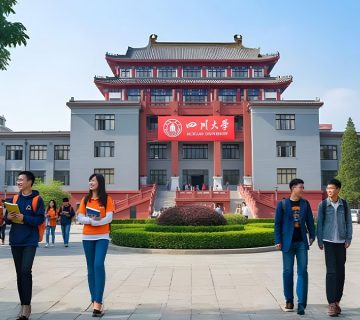
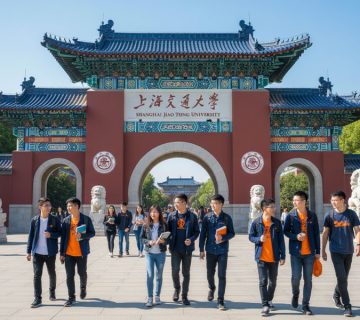
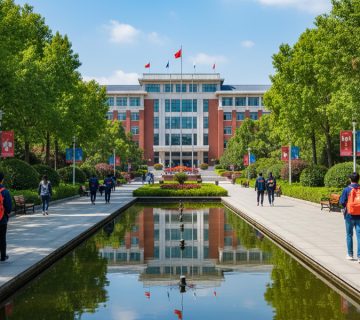
No comment